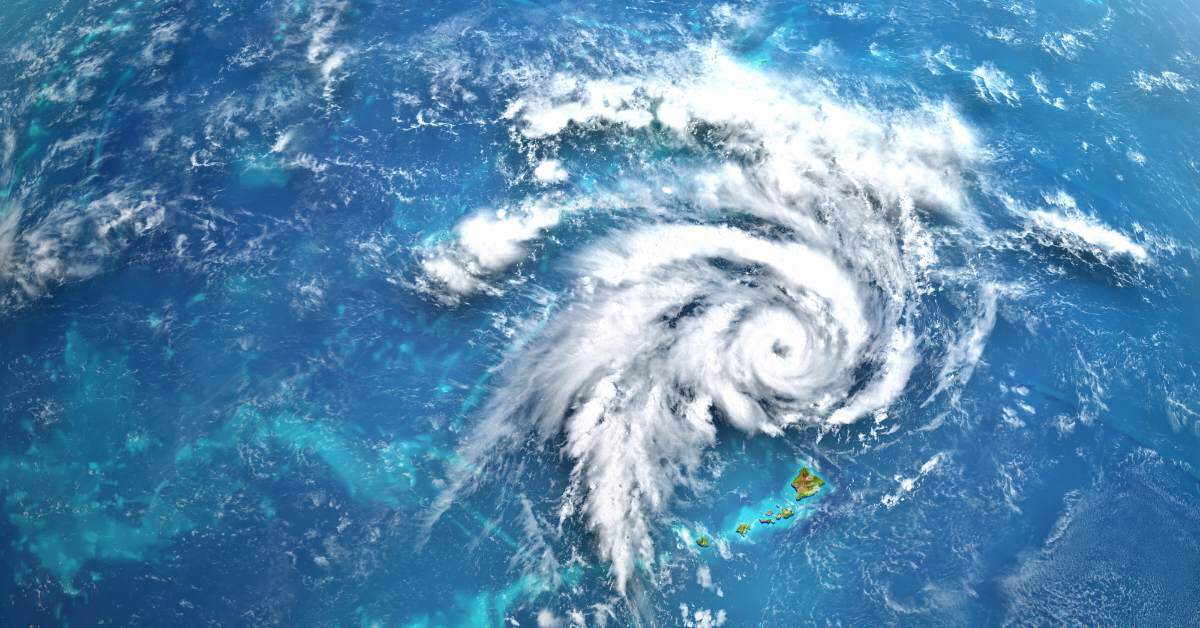
As the Atlantic hurricane season of 2025 enters its most active period, experts are urging residents and businesses along the U.S. Gulf and Atlantic coasts to stay alert and well-prepared. The season, which officially began on June 1 and continues through November 30, is poised to be more active than usual, with a peak in storm activity expected between August and September.
Forecasts from respected organizations like the National Oceanic and Atmospheric Administration (NOAA) and Colorado State University (CSU) anticipate an above-average season this year. Specifically, meteorologists project that there will be between 13 and 19 named storms, including 6 to 10 hurricanes, of which 3 to 5 could reach major hurricane status of Category 3 or higher. In fact, NOAA estimates there’s a 60% chance of above-normal season activity, with only a marginal chance for below-normal events. Warm sea surface temperatures in the Atlantic, neutral ENSO conditions, and the likelihood of weak wind shear are all contributing to expectations that the 2025 season will be approximately 25% more active than the long-term average.
Certain regions face heightened risks this year, with Florida topping the list. Current assessments place the likelihood of Florida being impacted by a tropical storm at a staggering 90%, and there is a 62% chance a hurricane will pass within 50 miles of the state. However, experts caution that the impact of even a single landfalling hurricane can be severe, regardless of whether the season exceeds predictions for overall activity.
The 2025 season brings advancements in forecasting technology that are expected to help identify storm tracks and intensities more accurately. Notably, updated models such as NOAA’s Hurricane Analysis and Forecast System (HAFS) promise greater reliability, especially for rapid intensification events. Additionally, tools like atmospheric drones and underwater gliders are being deployed to collect real-time data, providing forecasters with invaluable insights as storms develop.
Preparation remains the strongest defense against the devastating impact of hurricanes. Homeowners and businesses are encouraged to secure outdoor items to prevent them from becoming projectiles during strong winds and to protect windows and doors, either with storm shutters or by boarding them up with plywood. It is important to inspect roofs for loose shingles, clear gutters of debris, and trim trees to minimize the risk posed by falling limbs. Emergency supplies such as water, non-perishable food, essential medications, flashlights, batteries, and first-aid kits should be stockpiled to last at least several days. Being familiar with your local evacuation zone and having a clear evacuation plan is essential; vehicles should have full gas tanks and critical mobile devices should remain charged. For businesses, safeguarding vital data through regular backups and keeping important physical records secure are crucial, as is reviewing and updating property and flood insurance coverage. Review our Hurricane Checklist below to ensure you're fully prepared.
Should a hurricane threaten or impact your area, safety should be your top priority. Stay indoors and away from windows during the storm, and pay close attention to civil and emergency alerts regarding evacuation or rescue instructions. After the storm passes, remain cautious around downed power lines and avoid floodwaters, which can conceal hazards and threaten your health.
Share this entry
-
Share on Facebook
Share on Facebook
-
Share on Twitter
Share on Twitter
- Share on Google+
-
Share on Pinterest
Share on Pinterest
- Share on Linkedin
- Share on Tumblr
- Share on Vk
- Share on Reddit
- Share by Mail
Subscribe to our Newsletter
Don’t miss out on the latest news from Entech. Submit your e-mail to subscribe to our monthly e-mail list.
.png?width=360&height=300&name=Logo%20(2).png)

.jpg?width=80&height=80&name=20241023_133832%20(1).jpg)